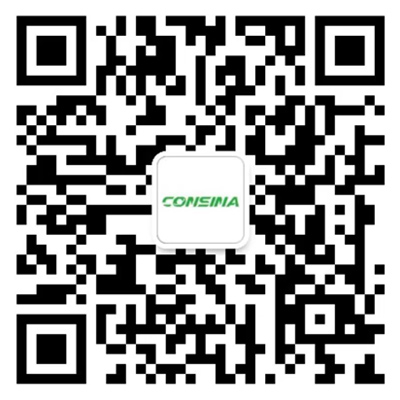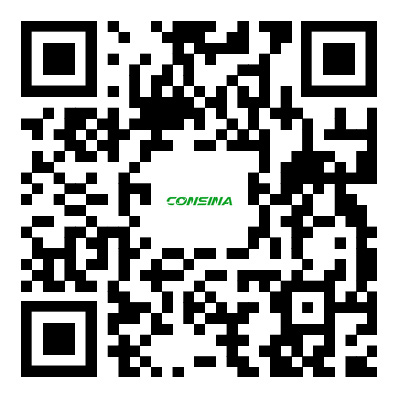1. The main uses of reagent bottles
(1) Take liquid or solid reagents
(2) Heat a small amount of solid or liquid
(3) Make some gas reflectors
(4) Collect some gas
(5) Dissolve a small amount of gas, liquid, or solid solute.
(6) Used as a container during centrifugation
(7) At room temperature or heating conditions, it is used as a reverberation container for some reagents.
2. Precautions for using reagent bottles
(1) When filling the solution, it should not exceed 1/2 of the capacity of the test tube, and when heating, it should not exceed 1/3.
(2) When using a dropper to drop liquid into the tube, do not extend it into the opening of the tube
(3) Loose solids should be placed into the test tube using tweezers to prevent them from falling directly into the tube and to prevent the bottom of the tube from cracking
(4) When heating, the test tube clamp and the test tube mouth must not face people. When heating a test tube containing solids, the nozzle is slightly downward, and when heating the liquid, the deflection is about 45 °; The test tube clamp should be held 1/3 away from the bottle mouth.
(5) Uniform heating to avoid sudden boiling or bursting of pipes
(6) Do not quench after heating to avoid cracking.
(7) Preheat the pipe to avoid rupture due to sudden heating.
(8) When heating, there should be no water droplets on the outer wall of the test tube to avoid cracking due to uneven heating.
(9) After heating, do not clean the test tube until it cools to room temperature.
(10) When using a test tube clamp to clamp a test tube, cover the clamp from the bottom to the top of the test tube and clamp it in the middle of the test tube. If the length of the test tube is divided into three equal parts, it is reasonable to clamp the test tube within one-third of the end near the tube mouth.
(11) Using external flames for heating
Note: The tube can be heated directly.

